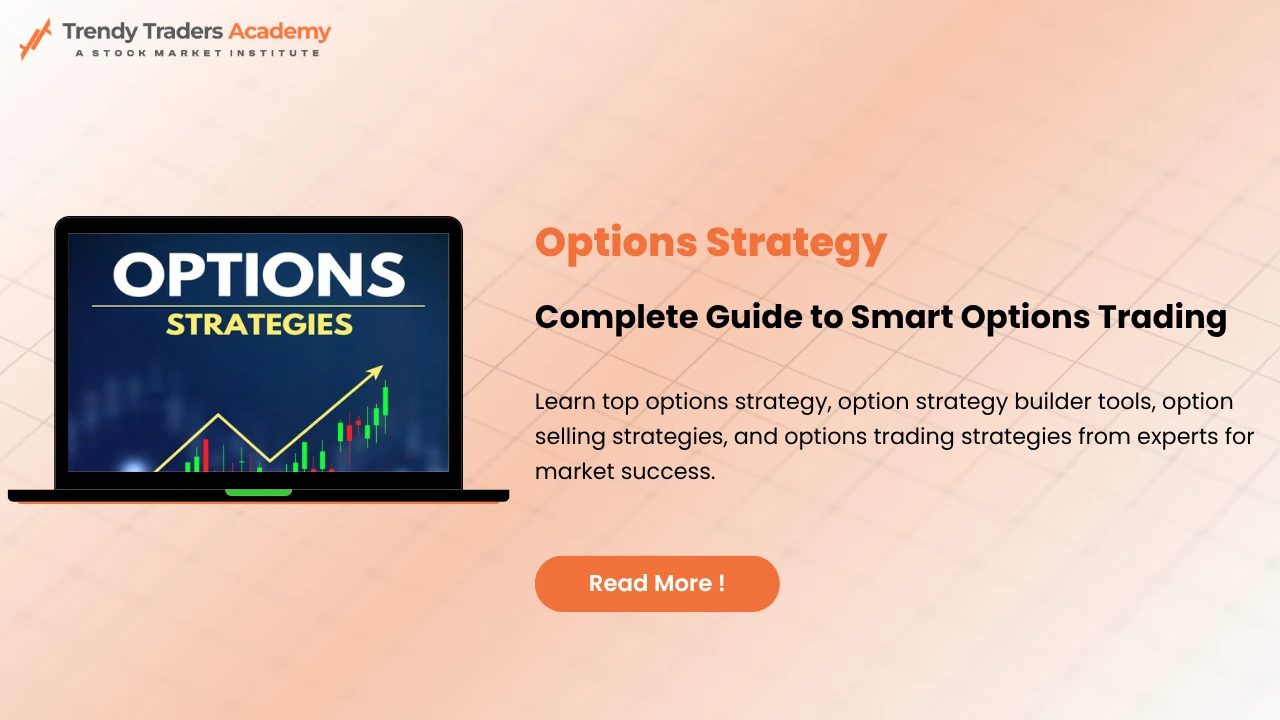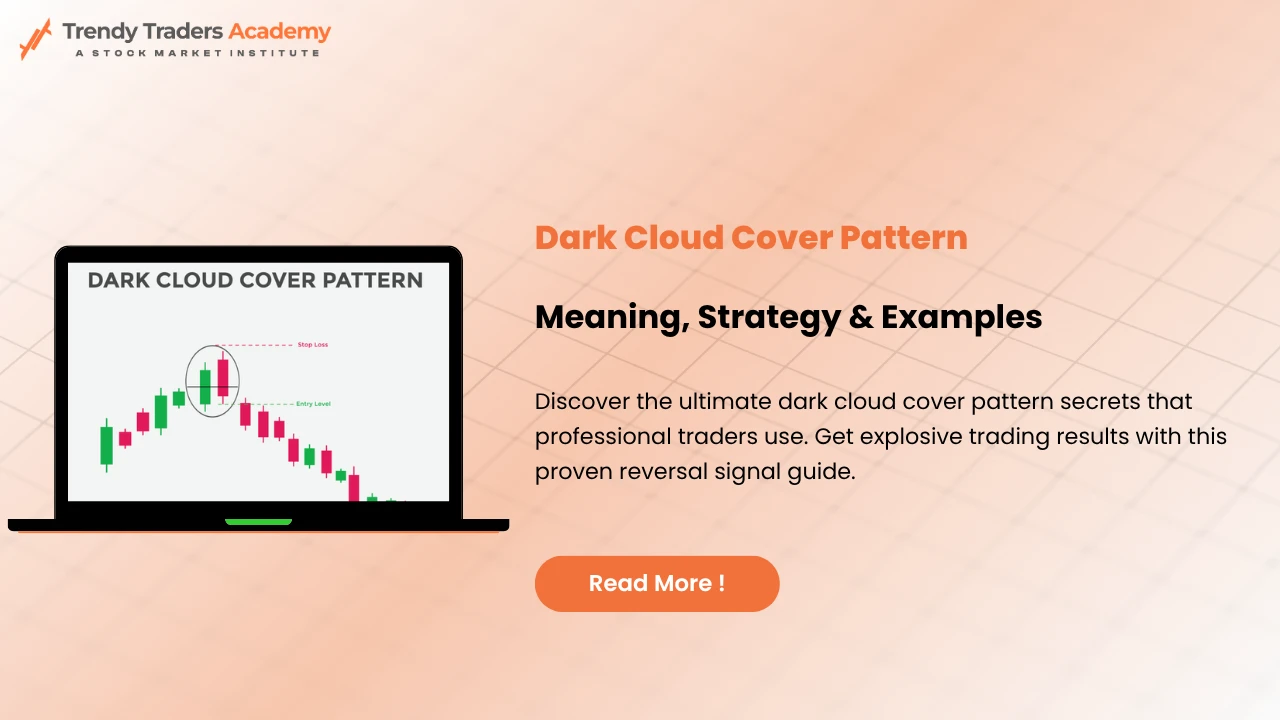
Option Buying vs Option Selling: A Practical Breakdown for Smarter Trading
In option trading there are only two strategies one can use: option buying and option selling. Now, each strategy has its pros and cons. Understanding the underlying mechanism behind how these option buying and option selling strategies work and which is best suited for you requires one to grasp key concepts in option trading, such as the premium that is paid, theta Decay, and the break-even point. These concepts will help option traders understand the difference between option buying strategy and option selling strategy and make informed and articulate decisions while taking the trades.
This article is a comprehensive guide for any trader (starting out or experienced) who wants to dive into the world of option trading. The concepts in this article are explained with easy-to-understand examples and practical insights
Options Buying: Small Capital, Big Potential
In Options Buying, when you buy an option, you are essentially acquiring the right—though not the obligation—to purchase (call) or sell (put) the underlying asset at a set price, referred to as the strike price. To obtain this right, you pay a premium in advance, and this right remains valid until the option expires.
Example:
In Options Buying, a trader buys a call option on a stock:
- Strike price: ₹1,500
- Premium paid: ₹50
- Lot size: 100 shares
Total investment = ₹5,000 (₹50 × 100). If the stock rises significantly above ₹1,500, the trader can sell the option for a profit.
The Catch: Time Decay (Theta)
A key drawback of option buying is Theta decay. Theta represents the rate at which the option’s value erodes as time passes, assuming all else remains constant. As expiry approaches, this decay accelerates, negatively impacting buyers.
Even if the stock doesn’t move against the trader, simply remaining flat can decrease the value of the option due to time decay.
Key Features of Options Buying:
- Low capital required
- Limited risk (maximum loss is the premium paid)
- High reward potential if the market moves favorably
- Time works against the buyer due to Theta decay
Requires precise timing and directional accuracy
Common Option Buying Strategies
- Directional Trades: In this option buying strategy, the trader buys calls or puts when anticipating strong price movement.
- Breakout Plays: In this option buying strategy, the trader enters options during technical breakouts or breakdowns.
- Event-Based Trades: In this option buying strategy, the trader uses earnings reports, policy announcements, or major news to capture volatility.
These option buying strategies rely on significant and timely price moves to counter the impact of Theta decay.
Options Selling: High Probability, Consistent Income
In Options selling means offering a call or put option while collecting a premium upfront. The seller profits if the option expires worthless, which occurs when the market remains stable or within a predicted range.
Example:
A trader sells a put option on a stock:
- Strike price: ₹1,400
- Premium received: ₹30
- Lot size: 100 shares
Total premium earned = ₹3,000. If the stock stays above ₹1,400 till expiry, the option expires worthless, and the seller keeps the entire premium
Benefit: Theta Decay Works in Favor
Unlike buyers, option sellers benefit from Theta decay. As each day passes, the likelihood of the option expiring worthless increases (if the market doesn’t move significantly), making this strategy favorable in sideways or stable markets.
Key Features of Options Selling:
- High probability of profit (most options expire worthless)
- Time decay benefits the seller
- Steady income potential through consistent premium collection
- Higher margin requirements (needs significant capital)
Unlimited risk if not properly hedged
Popular Option Selling Strategies
- Covered Call: Sell call options against owned stock for income.
- Cash-Secured Put: Sell puts on stocks you’re willing to buy at a lower price.
- Credit Spreads: A limited-risk strategy by combining sold and bought options.
- Iron Condor: Profits in low-volatility markets, using two credit spreads.
These option selling strategies are employed by traders who prioritise consistency over significant upside.
Understanding Core Terms in Options Trading
Here are a few essential terms explained with examples:
Premium Paid: The price paid by a buyer to purchase the option. It is the seller’s income.
Example: A premium of ₹40 × 100 shares = ₹4,000 to be paid by the buyer.Theta Decay: Option value reduces as time passes. It accelerates closer to expiry.
The buyers suffer a loss, but the sellers profit from it.Strike Price: This is the fixed price at which you have the right to buy (in case of a call) or sell (in case of a put) the stock.
Expiry: The last date the option is valid. After this, the option is either exercised or expires worthless.
Break-Even Point:
For Call: Strike Price + Premium
For Put: Strike Price – Premium
This is the price level at which a buyer neither gains nor loses money.
Option Buying vs Option Selling: A Side-by-Side Comparison
Factor | Options Buying | Options Selling |
Capital Requirement | Low | High (due to margin needs) |
Risk | Limited to premium paid | Potentially unlimited |
Reward Potential | High (if price moves fast) | Limited to premium received |
Time Decay Impact | Negative (losses increase) | Positive (profits increase) |
Probability of Profit | Low to moderate | High (especially in sideways markets) |
Which One to Choose?
Choosing between option buying and option selling depends on the trader’s risk appetite, capital availability, and market outlook.
- Options buying is more suitable for traders expecting sharp moves and working with limited capital.
- Options selling suits more experienced traders who prefer high-probability trades and can handle higher capital and risk exposure.
In fact, many successful traders incorporate both strategies depending on the situation—buying options in trending markets and selling options in sideways or range-bound conditions.
Conclusion:
Options trading can be powerful when done right. Understanding the roles of premium paid, Theta decay, and how time, volatility, and market direction affect each strategy is crucial for success.
Both options buying and options selling have their place. The key lies in knowing when to use which—and how to manage risk effectively.
FAQ'S
What is the difference between option buying vs option selling?
In other words, the biggest distinction between buying and selling options is the way risk and reward are handled. When you buy an option, you cover a premium and your losses are limited but the rewards can be limitless. Option sellers get the premium, but their chances of losses are greater than option buyers’.
What is an option buying strategy?
To use this strategy, someone would buy call or put options in anticipation of the market going up or down. If the market is expected to rise, investors often select long calls and in a falling market, they often choose long puts.
What does OPTIONS BUYING mean in trading?
Buying an option allows you to arrange the purchase or sales of an asset before it expires at a specified price. With options buying, a trader benefits from price swings, but their loss is always no more than the premium paid.
What is OPTIONS SELLING and how does it work?
In options selling, an investor raises money by writing or selling a call or put option. A seller makes a profit when the option expires without any value. Still, selling options can be more risky, mainly when markets are moving very quickly.
What are some common option selling strategies?
Strategies that many people focus on include covered calls, naked puts and credit spreads. With these strategies, income is created from the collection of premiums when the market is not very volatile.











